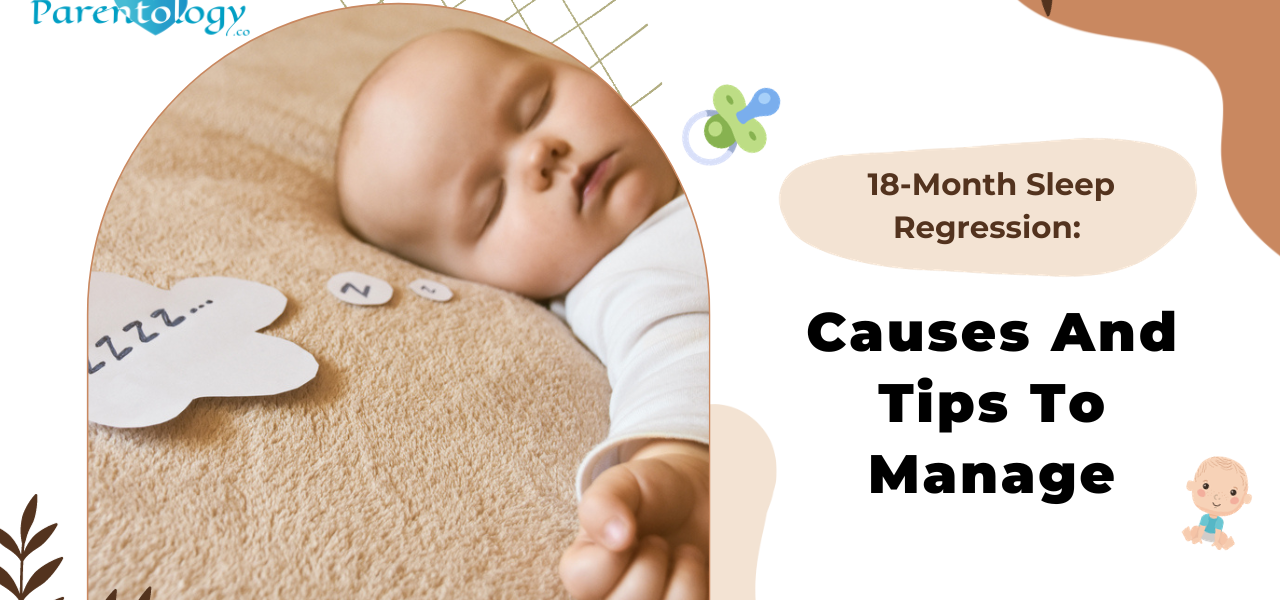Unlocking the Mystery of 18-Month Sleep Regression: A Comprehensive Guide for Parents
As parents embark on the journey of nurturing their little ones, they encounter various milestones and challenges. One common hurdle that many face is the 18-month sleep regression. In this detailed blog, we not only explore this phenomenon but also delve into a related topic—tracking the growth of baby boys through a comprehensive growth chart. Let’s navigate through the world of parenting with creativity and brilliance.
Understanding the 18-Month Sleep Regression
What is 18-Month Sleep Regression?
At around 18 months, toddlers may experience disruptions in their sleep patterns, commonly known as sleep regression. This phase can be perplexing for parents, as their once-sound sleeper may start experiencing difficulties falling asleep or staying asleep. Understanding the reasons behind this regression is crucial for navigating through this challenging period.


Causes of 18-Month Sleep Regression
- Cognitive Development: At 18 months, toddlers undergo significant cognitive development, leading to increased awareness and potentially causing disruptions in their sleep routine.
- Separation Anxiety: As toddlers become more aware of their surroundings, separation anxiety can peak, making it difficult for them to settle down at bedtime.
- Teething: Emerging teeth can be uncomfortable, causing discomfort and making it harder for toddlers to sleep peacefully.
Coping Strategies for Parents
While navigating 18-month sleep regression, parents can employ effective strategies to ease the transition:
- Establish a Consistent Routine: Maintain a predictable bedtime routine to provide a sense of security for your toddler.
- Comfort Items: Introduce comfort items, such as a favourite toy or blanket, to help soothe your toddler during this challenging phase.
- Address Teething Discomfort: Use teething remedies recommended by paediatricians to alleviate discomfort during the teething phase.
- Reassure Your Toddler: Offer reassurance and comfort to help your toddler feel secure during the night.
Baby Boy Growth Chart: Measurements To Track Height & Weight
As we navigate the realm of parenting, it’s essential to not only understand sleep challenges but also to monitor the physical growth of our little ones. A baby boy growth chart serves as a valuable tool for tracking height and weight milestones, ensuring healthy development.
Components of a Baby Boy Growth Chart
- Length/Height Measurement: Track your baby boy’s length or height at regular intervals. This measurement provides insights into his overall growth.
- Weight Measurement: Monitor your baby’s weight to ensure he is gaining at a healthy rate. This is crucial for assessing nutritional well-being.
Interpreting the Growth Percentiles
Growth charts typically include percentiles that indicate how a baby’s measurements compare to other babies of the same age. Understanding these percentiles helps parents assess whether their baby’s growth is within a healthy range.
Baby Boy Growth Chart Percentiles:
- Below 5th Percentile: Indicates below-average growth.
- Between the 5th and 95th Percentile: Falls within the average growth range.
- Above 95th Percentile: Suggests above-average growth.


Creative Burst: Nurturing Your Little Explorer
Embrace the creativity that comes with parenting. Foster a burst of imagination and curiosity in your little one’s growth journey. Incorporate creative activities into daily routines to stimulate cognitive and emotional development.
Additional Tips for Parental Sanity
Balancing Work and Parenthood
Parental sanity Tips:
- Self-Care Moments: Prioritise self-care to recharge. Take short breaks during the day for a moment of relaxation.
- Support System: Build a support network, whether it’s family, friends, or fellow parents. Share experiences and seek advice.
- Flexibility: Embrace flexibility in your routines. Parenting is a dynamic journey, and adaptability is key.
Nurturing Your Baby Boy’s Growth: A Visual Journey
Let’s embark on a visual journey to understand how to nurture your baby boy’s growth through a creative and sensory experience.
Sensory Growth Activities
Sensory Growth Activities:
- Tummy Time Adventures: Encourage tummy time with vibrant mats, engaging toys, and mirrors to stimulate motor skills and neck strength.
- Colourful Meal Experiences: Introduce a variety of colourful foods to make mealtimes visually appealing, fostering an early appreciation for healthy eating.
- Nature Exploration: Take your baby boy on outdoor adventures to explore nature’s sights, sounds, and textures, promoting sensory development.
Burst of Creativity: DIY Growth Chart
Create a personalised growth chart as a visual representation of your baby boy’s journey. Use vibrant colours, pictures, and milestone markers to capture each stage. This creative endeavour not only serves as a decorative element in your home but also as a sentimental keepsake.
Capturing Milestones: A Journey Through Developmental Landmarks
Every parent eagerly awaits and celebrates their baby boy’s developmental milestones. Let’s embark on a journey through these significant markers, appreciating the uniqueness of each stage.
Early Communication Milestones
Communication Milestones:
- Eye Contact: From the early days, establish eye contact with your baby boy to encourage social bonding.
- Cooing and Babbling: Celebrate the joy of your baby’s first vocalisations as they begin to express themselves through coos and babbles.
- Gestures and Pointing: Witness the excitement as your baby starts using gestures and pointing to convey desires or interests.


Burst of Creativity: Personalised Milestone Collage
Create a visual masterpiece capturing your baby boy’s communication milestones. Collect photos, drawings, and snippets of memorable moments, arranging them into a personalised milestone collage. This not only serves as a creative expression but also as a cherished keepsake.
FAQs: Navigating Parental Queries with Expert Answers
Q: How long does the 18-month sleep regression last?
A : The duration can vary, but it typically lasts a few weeks to a couple of months. Consistency in bedtime routines can help ease the transition.
Q: Should I be concerned if my baby’s growth percentile fluctuates?
A: Occasional fluctuations are normal. Consult with your paediatrician if you notice consistent deviations from the growth curve.
Q: Are there specific foods to support my baby boy’s growth?
A: A balanced diet including fruits, vegetables, and protein-rich foods contributes to healthy growth. Consult with your paediatrician for personalised guidance.
Q: Can teething affect my baby’s sleep during an 18-month sleep regression?
A: Yes, teething can contribute to discomfort, impacting sleep. Use pediatrician-recommended teething remedies.
Q: How can I make the growth tracking process enjoyable for my baby?
A: Incorporate play into the measuring process. Use fun charts or toys to make it a positive experience.
Conclusion: Embracing Parenthood’s Rollercoaster
Navigating the 18-month sleep regression and monitoring your baby boy’s growth are integral aspects of parenthood. By understanding these challenges and celebrating the milestones, parents can create a nurturing environment for their little ones. Embrace the burst of creativity that parenting brings, and remember, you’re not alone on this incredible journey.
For further insights on nurturing your baby’s development, Parentology offers a wealth of resources at Parentology. Explore their expert advice and diverse content to enhance your parenting experience.





